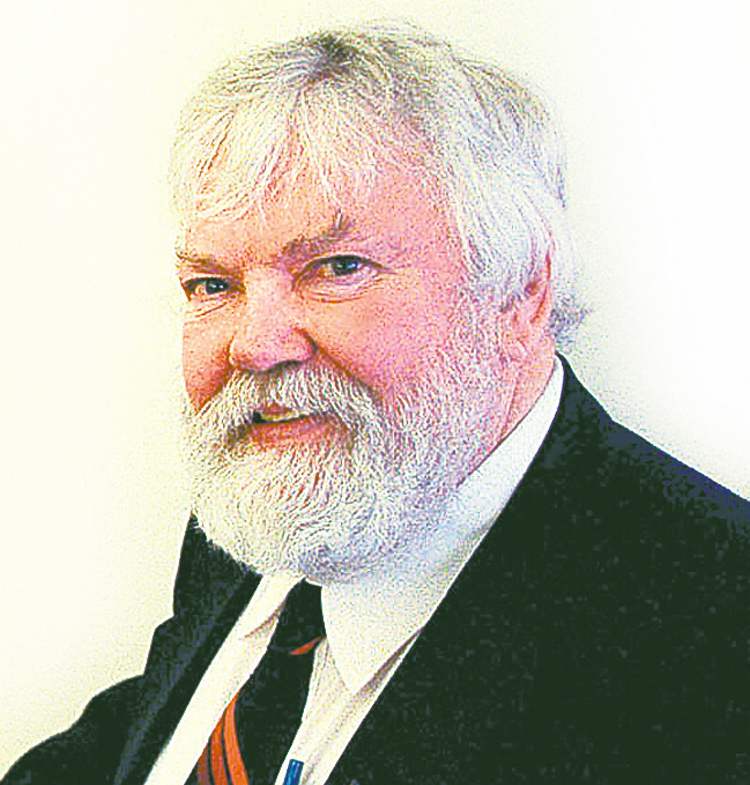Icelandic-Canadian literature as 21st-century sagas
Advertisement
Read this article for free:
or
Already have an account? Log in here »
To continue reading, please subscribe:
Monthly Digital Subscription
$1 per week for 24 weeks*
- Enjoy unlimited reading on winnipegfreepress.com
- Read the E-Edition, our digital replica newspaper
- Access News Break, our award-winning app
- Play interactive puzzles
*Billed as $4.00 plus GST every four weeks. After 24 weeks, price increases to the regular rate of $19.00 plus GST every four weeks. Offer available to new and qualified returning subscribers only. Cancel any time.
Monthly Digital Subscription
$4.75/week*
- Enjoy unlimited reading on winnipegfreepress.com
- Read the E-Edition, our digital replica newspaper
- Access News Break, our award-winning app
- Play interactive puzzles
*Billed as $19 plus GST every four weeks. Cancel any time.
To continue reading, please subscribe:
Add Free Press access to your Brandon Sun subscription for only an additional
$1 for the first 4 weeks*
*Your next subscription payment will increase by $1.00 and you will be charged $16.99 plus GST for four weeks. After four weeks, your payment will increase to $23.99 plus GST every four weeks.
Read unlimited articles for free today:
or
Already have an account? Log in here »
Hey there, time traveller!
This article was published 24/11/2012 (4722 days ago), so information in it may no longer be current.
The more truth you impart to fiction, the stronger the story.
But how much is the reverse true when it comes to history? How does adding a little fiction make shared history more memorable? The Icelanders and their descendants in Manitoba could teach us a thing or two about that.
I’m not, by the way, suggesting anyone is wilfully lying or misleading or covering up things that really happened. But we remember things better when they make a good story, even when we know what we’re getting isn’t strictly history.

There’s an interesting parallel between the flowering of Icelandic literature in the Middle Ages and what some writers of Icelandic blood are creating today.
Authors such as Martha Brooks, David Arnason, W.D. Valgardson and filmmakers including Guy Maddin are mythologizing the Icelandic geography and history of Manitoba, just as the Icelanders did when the sagas were written.
When Iceland was first settled in the late-ninth and early-10th centuries, it was predominantly a Norse (with some Celtic), pre-literate culture. Though the Norse used a runic alphabet for some things, they did not have a written literary tradition.
That changed when Iceland peacefully accepted Christianity as its official religion in the year 1000 (though pagan practices were not forbidden and therefore continued for decades, if not centuries). With the establishment of the new religion came the Latin alphabet and the importance of writing.
The Icelanders eschewed writing in Latin, as was the norm in mainland Europe, instead writing them in their native tongue, now called Old Icelandic or Old Norse. This made them accessible to everyone as the Icelandic sagas were often read aloud. And stories enjoyed by the common people were soon predominantly about the common people. The sagas, written during the 12th to 14th centuries, preserved accounts of events from earlier times through stories.
This isn’t to say Icelanders didn’t also write about foreign kings or the Norse gods and heroes (the latter preserved in the Poetic Edda); but the glory of medieval Icelandic literature is surely in classics such as Njál’s Saga and Laxd¶la Saga.
And they weren’t averse to mixing fact with fiction, just a little. After all, if the infamous real-life outlaw Grettir kills a troll in single combat while living in the wild, doesn’t that just make it a better story?
Unfortunately, that meant the sagas were seen as unreliable historical documents by nearly everyone except the Icelanders centuries later, even on matters of global importance, such as the existence of North America (recorded in some detail in the Greenlanders’ Saga and the Saga of Eirik the Red). In the cold light of later scholarship, fact and fiction were not to mix, and all that was not accurate was deemed useless.
However, given the Icelanders survived dark centuries of near-neglect under foreign rule (Norway from 1262; Denmark from 1380) and climate change (the “Little Ice Age” that bedeviled Europe in the late Middle Ages and put the nail in the coffin of Norse Greenland) bound together in large part by their shared literature and retold history, it can be argued the sagas were of great use, indeed. Inspiration, comfort, entertainment and shared identity are no small things.
The circumstances were different when Icelandic immigrants arrived in Manitoba in 1875. Canada was an established country, but the Icelandic preserve on the shores of Lake Winnipeg was still geographically and linguistically isolated.
And while, within a short time, the community established multiple newspapers (two based in Winnipeg) and began writing poetry, fiction and history, I wonder if something similar to the saga-writing period isn’t happening now.

The time of the settlers is over. The Icelandic descendants have integrated into the larger Manitoban population, shedding their language. But they are still writing, telling stories and, it seems, mixing fact and fiction into a new mythology.
Guy Maddin’s Tales From the Gimli Hospital, was an express fantasia of the historical and surreal, a mode he would later embellish in My Winnipeg. In 2007, dancer and artist Freyja Bjorg Olafson created a piece based on her family history, The Search for Sesselja: New Icelander.
David Arnason’s Baldur’s Song: A Saga makes it explicit, basing the novel set during Winnipeg’s boom years on the author’s family history. In the short-story collection What the Bear Said: Skald Tales from New Iceland, W.D. Valgardson mixes Icelandic and Interlake folklore into a new hybrid that feels Manitoban but retains a Nordic sensibility.
Does this mean factual history is being superseded? I don’t think so. No one is likely to replace accurate accounts with a saga-like blend of the real and the mythic.
But while history can tell us what actually happened, the great strength of fiction is it can tell us what those events mean to the people they belong to.
In that sense, perhaps, the Icelandic community is one that lives in its artistic expression, just as it did in the age of the sagas.
David Jón Fuller lived in Iceland for two years, where he studied Icelandic language and literature at the University of Iceland. He also worked for the Icelandic ethnic newspaper Lgberg-Heimskringla for seven years, including two as editor.



